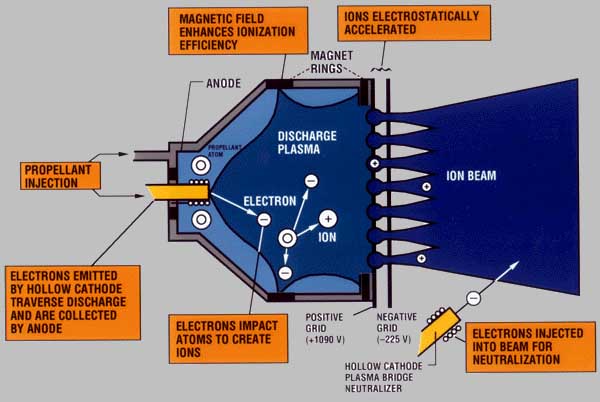ScienceRocks
Democrat all the way!
- Banned
- #1
All missions and latest advances in space exploration goes here.
NASA building a better solid rocket booster for space launch system rocket
October 3, 2012 by Bill Hubscher
NASA building a better solid rocket booster for space launch system rocket
October 3, 2012 by Bill Hubscher
Read more at: NASA building a better solid rocket booster for space launch system rocketATK employees at the company's Promontory, Utah facility prepare a segment of a qualification motor for NASA's Space Launch System for transport. Credit: ATK (Phys.org)—The largest and most powerful solid rocket booster ever built for flight is being assembled for NASA's Space Launch System at ATK Space Systems in Brigham City, Utah, incorporating new cost-savings measures. The SLS will launch NASA's Orion spacecraft and other payloads beyond low Earth orbit, and provide an entirely new capability for human exploration.
Although similar to the solid rocket boosters that helped power the space shuttle to orbit, the five-segment SLS boosters include several upgrades and improvements implemented by NASA and ATK engineers. In addition, the SLS boosters will be built more affordably and efficiently than shuttle boosters, incorporating new and innovative processes and technologies. "America's next steps in deep space exploration build on the lessons learned from our nation's rich human spaceflight history.
By using the best-of-the-best from shuttle and improving on previous investments, we will produce the needed solid booster for the first SLS flights," said Dan Dumbacher, NASA's deputy associate administrator for Exploration Systems Development at NASA's headquarters in Washington, D.C. "We are encouraged by the progress being made at ATK. Their commitment to deliver a safe and high-quality rocket booster is vital as we build SLS to enable exploration to new frontiers in the solar system." New process improvements have been implemented throughout the manufacturing of Qualification Motor-1, the next full-scale test article for SLS booster. Four case segments have now been cast, and the motor will begin assembly in the test stand next month in preparation for a ground test in the spring of 2013.
The forward segment of the qualification motor for NASA'S Space Launch System is transported through manufacturing and assembly at ATK's facility in Promontory, Utah in preparation for a full-scale ground test there next spring. Credit: ATKImplementing new handling processes, ATK estimates the total assembly time for the SLS booster can be reduced by approximately 46 percent overall. In one area, ATK optimized inspection methods and replaced x-ray inspections with an ultrasonic examination of the booster's nozzle, allowing technicians to evaluate the hardware on the production floor.
In another, ATK reduced the number of moves from 47 to seven during one phase of booster assembly, reducing the chance of any damage in transit and greatly reducing the time it takes to complete that production process. "By improving upon proven Space Shuttle solid rocket motor hardware and operations, our shared goal is to deliver a safe, affordable and sustainable launch vehicle," said Alex Priskos, SLS booster manager at NASA's Marshall Space Flight Center in Huntsville, Ala. "We are embracing innovation both technically and in our management processes as we design and build SLS. Through the use of new streamlined approaches and techniques we have been able to drive down costs and enhance the reliability of the hardware."
The booster team has successfully completed its Booster Requirements Review confirming the five-segment solid rocket motor had a well-understood set of requirements. The review, held at NASA's Marshall Space Flight Center, included independent consultants and determined the team is ready
Last edited:




